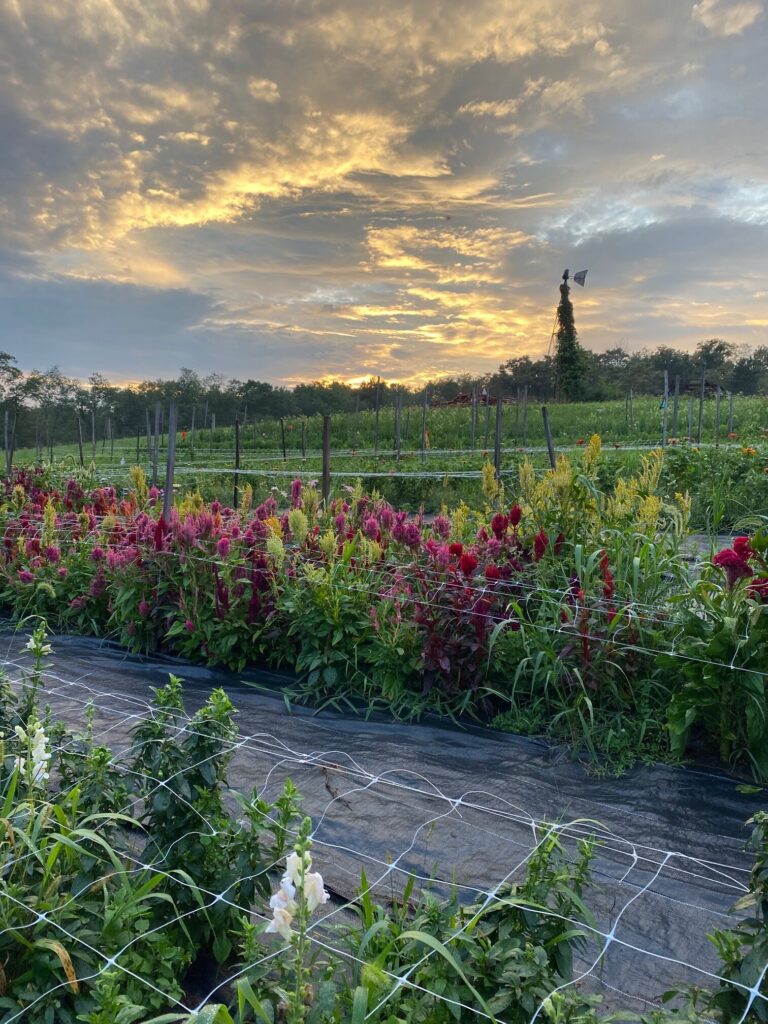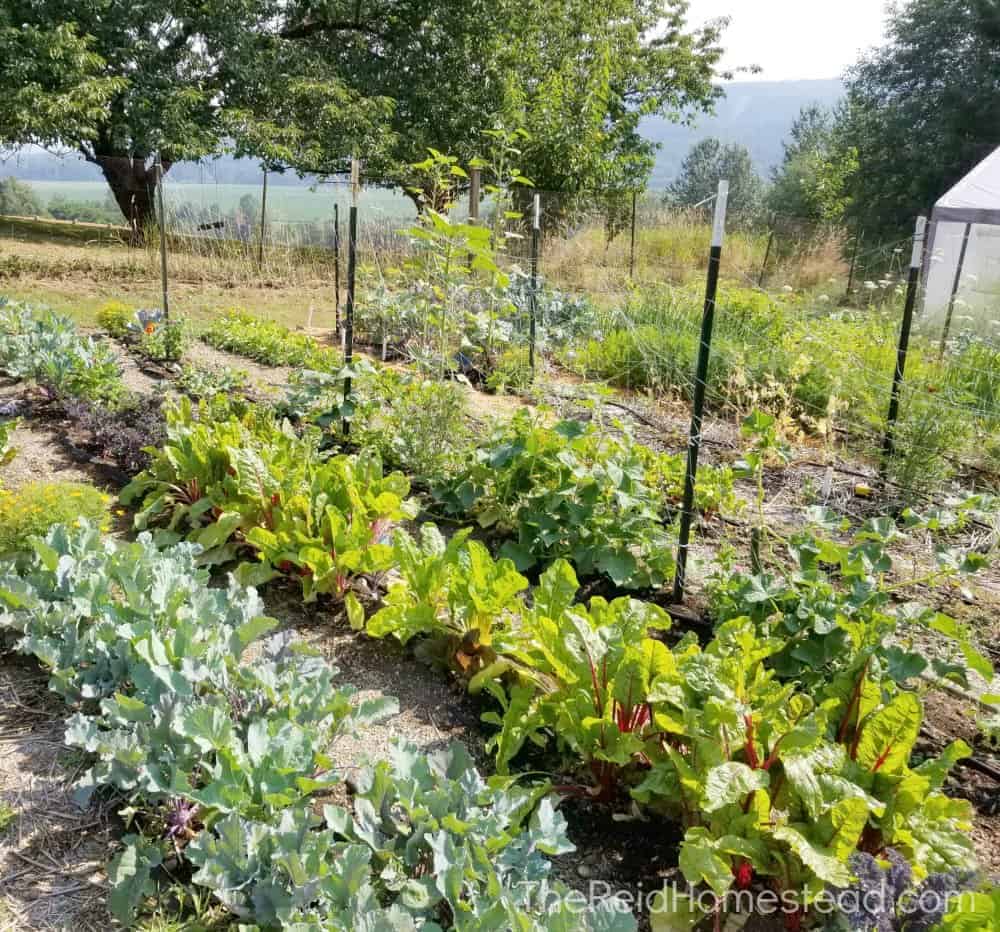Essential Care Strategies for Homestead Gardening
Essential Care Strategies for Homestead Gardening
Blog Article
Discover Necessary Tips for Successful Gardening Techniques and Practices
Horticulture, often seen as a straightforward pastime, includes a variety of strategies and techniques that can substantially affect the end result of your efforts. By prioritizing vital components such as dirt health, effective watering approaches, and appropriate plant selection, gardeners can create a growing ecological community that supports vibrant growth. Understanding the subtleties of parasite monitoring and seasonal upkeep can better boost performance. Yet, many fanatics ignore crucial information that can make or damage their horticulture success-- discovering these ignored elements may expose the key to cultivating a prospering garden.
Comprehending Dirt Health And Wellness
Soil health and wellness is an essential aspect of effective gardening, as it straight influences plant development, nutrient accessibility, and ecosystem equilibrium. Healthy soil is characterized by an abundant biodiversity of bacteria, natural matter, and a well balanced pH level, which with each other create an atmosphere for plant advancement.
To recognize soil wellness, one must consider its physical, chemical, and biological residential properties. The texture and structure of soil influence its ability to maintain dampness and nutrients, while the chemical composition figures out the schedule of important components like nitrogen, phosphorus, and potassium. Routine dirt screening is critical to assess these elements, permitting gardeners to make informed decisions pertaining to amendments and plant foods.
Additionally, advertising organic task within the soil is vital for preserving its health and wellness. Practices such as composting, plant turning, and using cover plants can boost microbial variety, boost nutrient cycling, and minimize soil erosion. By prioritizing soil wellness, gardeners not just enhance plant development but also add to a lasting ecosystem, ensuring that their horticulture techniques are durable and eco liable with time.
Efficient Sprinkling Methods
Making sure that plants get the proper amount of water is important for their health and development, specifically when combined with a strong structure of dirt health and wellness (Homestead Gardening). Effective watering strategies can dramatically affect plant vitality, reducing water wastage and advertising ideal advancement
One essential technique is deep watering, which urges roots to expand much deeper into the soil, boosting drought resistance. This strategy normally involves sprinkling less often but in larger quantities, enabling moisture to permeate the origin zone extensively. Timing is also critical; early morning is the excellent time to water, as it reduces evaporation and enables vegetation to dry throughout the day, reducing illness threats.
Additionally, utilizing compost can help maintain dirt moisture and control temperature level, further helping reliable watering methods. Making use of a drip irrigation system can also give targeted moisture straight to the origins, ensuring that water gets to where it's most required while preserving sources.
Keeping an eye on rainfall and dirt dampness levels can lead modifications in your watering schedule, making certain plants obtain constant hydration without over-saturation. By adopting these efficient watering strategies, gardeners can promote a thriving environment for their plants to grow.
Plant Selection and Placement
Just how can the ideal plant choice and critical placement transform a yard into a flourishing ecological community? When picking plants, consider elements such as climate, soil type, and sunshine exposure. Homestead Gardening.
Strategic placement includes organizing plants according to their development routines and demands. Taller plants should be positioned at the back of borders to stop shielding much shorter plants. Additionally, organizing plants with similar water and light needs can boost their development and reduce competition for sources.
Incorporating a variety of plants not just adds aesthetic appeal however additionally promotes biodiversity, attracting useful insects and pollinators. Think about the seasonal modifications in your yard; select a mix of evergreens, annuals, and perennials to make certain year-round rate of Continued interest.
Last but not least, keep in mind to assess the fully grown dimension of plants before growing to avoid overcrowding and make sure adequate air circulation. Thoughtful plant selection and calculated placement create an unified environment, enabling your yard to flourish while decreasing challenges.
Pest and Illness Management
Efficient parasite and condition administration is vital for maintaining a healthy garden ecological community - Homestead Gardening. A positive strategy, combining cultural, biological, and chemical strategies, can substantially decrease the impact of parasites and conditions on your plants

Organic controls, such as presenting beneficial pests like ladybugs or aggressive mites, can maintain pest populaces in check without damaging the setting. Furthermore, keeping plant health via correct watering, fertilizing, and pruning will certainly boost their resilience against diseases.
When intervention is required, select targeted chemical therapies, ensuring to adhere to application standards to minimize damage to non-target organisms. Constantly prioritize lasting techniques, as they promote long-term garden health and wellness and eco-friendly balance. By integrating these approaches, gardeners can properly handle diseases and parasites, making certain thriving plants and an efficient garden.

Seasonal Upkeep Practices
Throughout each period, implementing targeted upkeep practices is essential for optimizing yard health and wellness and productivity. In spring, focus on dirt prep work by screening pH levels and including required modifications. This is likewise the optimal time to apply plant foods and compost to keep dampness and suppress weeds. Routinely inspect arising plants for insects and conditions.
As summer methods, guarantee adequate irrigation while monitoring for signs of anxiety or disease. Prune back overgrown plants to urge air circulation and lower humidity around foliage. This method not only enhances plant wellness but likewise resource advertises blooming and fruiting.
With the arrival of autumn, it's time to prepare for winter months. Tidy up fallen leaves and debris to avoid insect invasions, and think about planting cover plants to enhance dirt health and wellness. This season is likewise optimal for separating perennials and growing spring-flowering bulbs.
Final Thought
Effective gardening hinges on the integration of audio practices in soil health and wellness, watering, plant choice, insect management, and seasonal maintenance. try this web-site By focusing on dirt testing and microbial diversity, using efficient watering approaches, and picking ideal plants, gardeners can produce growing ecosystems. In addition, proactive insect administration and diligent seasonal maintenance contribute dramatically to overall garden vitality. Accepting these strategies cultivates a lasting and productive horticulture environment, ensuring growing growth and resilience throughout the altering periods.
By prioritizing vital elements such as dirt wellness, reliable sprinkling techniques, and ideal plant choice, garden enthusiasts can create a thriving ecological community that sustains vibrant growth. By focusing on soil health, garden enthusiasts not only optimize plant development however also add to a sustainable ecosystem, making certain that their gardening techniques are ecologically responsible and durable over time.
Taller plants ought to be placed at the back of borders to protect against shading much shorter plants. Clean up dropped leaves and debris to stop pest problems, and consider growing cover crops to improve soil health and wellness.Effective gardening hinges on the assimilation of sound methods in dirt health, watering, plant choice, pest administration, and seasonal upkeep.
Report this page